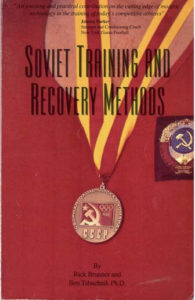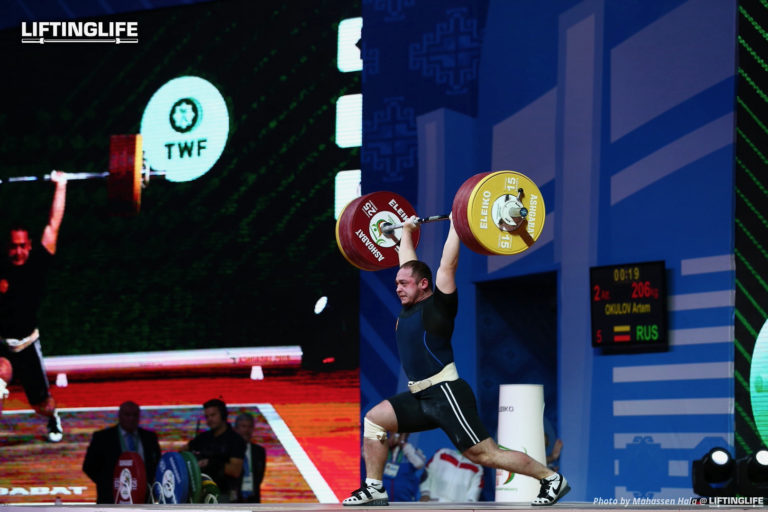Strengh Sensei Bookshelf
Soviet Training & Recovery Methods
A look at the long-term planning of elite Russian athletes
Is it possible that a book published in 1990 about old-school Russian training methods could have any value to today’s strength coach? All American hammer thrower Rick Brunner and Russian track coach and sports scientist Ben Tabachnik have the answer for you. It’s their book, Soviet Training and Recovery Methods.
Tabachnik is best known for introducing US coaches to speed parachutes but has an extensive background in researching the most effective ways of increasing speed and power. In the US, sports coaches often subscribe to the belief that “Talent Prevails,” such that they focused on recruiting talent rather than developing it. Russian sports coaches didn’t have the talent pool available in the US, so instead focused on conducting extensive tests to identify their talent and getting the most out of their athletes with sophisticated strength and conditioning methods.

As this is 2021, some of the material in STRM is out of date, especially regarding the political system in Russia discussed in “Part I: Soviet and American Sport.” Whereas Russian athletes in the past had considerable state support, essentially functioning as professional athletes, funding is not as extensive as it used to be so many sports struggle. Making matters worse are the doping scandals that resulted in many suspensions of
Russian athletes and entire sports teams. Still, there are many strength coaching gems that can be gained from this well-written and extensively-researched text.

If you’re a strength coach or athlete, the section of the book that will probably interest you the most is “Part II: Contemporary Soviet System of Training.” Just as Coach Charles Poliquin focused on the precise prescription of loading parameters (sets, reps, tempo, rest, and so on), STRM looks at all the variables associated with the long-term physical preparation of the athletes. And it’s not just training theory.
For example, STRM discussed the athletic career of one of the greatest pole vaulters of all time, Sergey Bubka. Bubka won gold in the 1988 Olympics and six World Championships. In 1984, he vaulted 5.85 meters (19 feet, 2.2 inches) to earn his first world record and continued breaking records for the next 10 years, finishing with his best-ever vault of 6.14 meters (20’ feet, 1.7 inches).
Tabacknik and Brunner provide a table showing athletic fitness measurements for Bubka beginning in 1974 (age 10) and continually to 1984 (age 20). Tests include weight training exercises such as the snatch and the bench press, and field tests such as the 60m sprints and the long jump. And just as Coach Poliquin used structural balance assessments to guide him in the training of his athletes, you’ll see that Bubka made
gradual improvements in all these predictor tests to prevent any weak links in his
preparation.
Although not a how-to book on weight training design, STRM discusses many of the loading parameters they used to develop strength and conditioning levels specific to each sport. Speed, quickness, and endurance methods are examined.
“Part III: Soviet System of Restoration” explores many of the restoration methods used by Russian coaches to enable their athletes to increase the quality and quantity of their workouts and remain as injury-free as possible. Included are detailed discussions of the use of the massage, sauna, hydrotherapy, and nutritional supplements.
[Unfortunately, Soviet Training and Recovery Methods by Rick Brunner and Ben Tabachnik, Ph.D. is out of print. However, it can still be found in used book websites and possibly through library loan services.]
If you want the best in training, join the Dojo of Strength which has monthly programs and articles from Charles Poliquin and our team of coaches.
